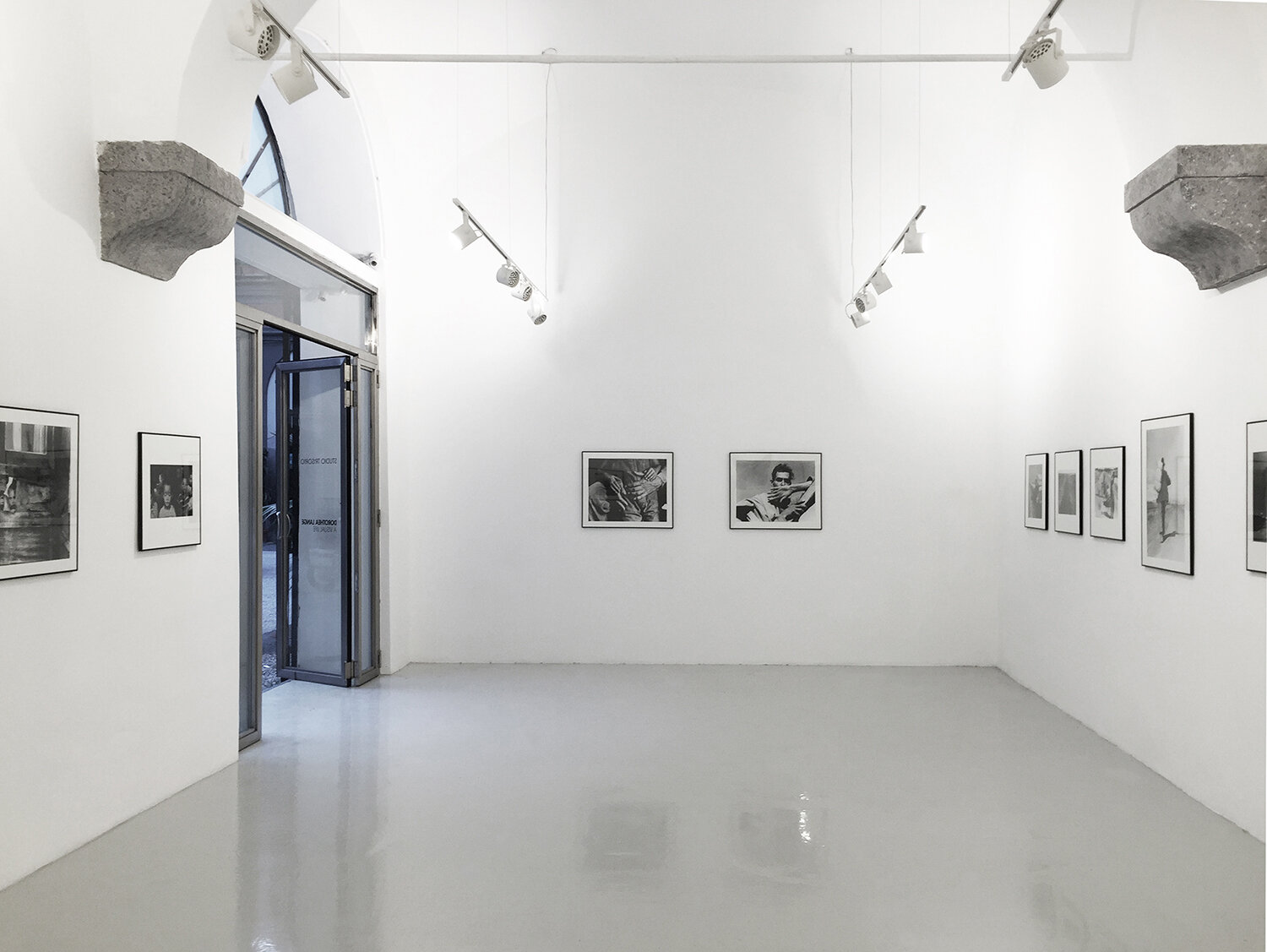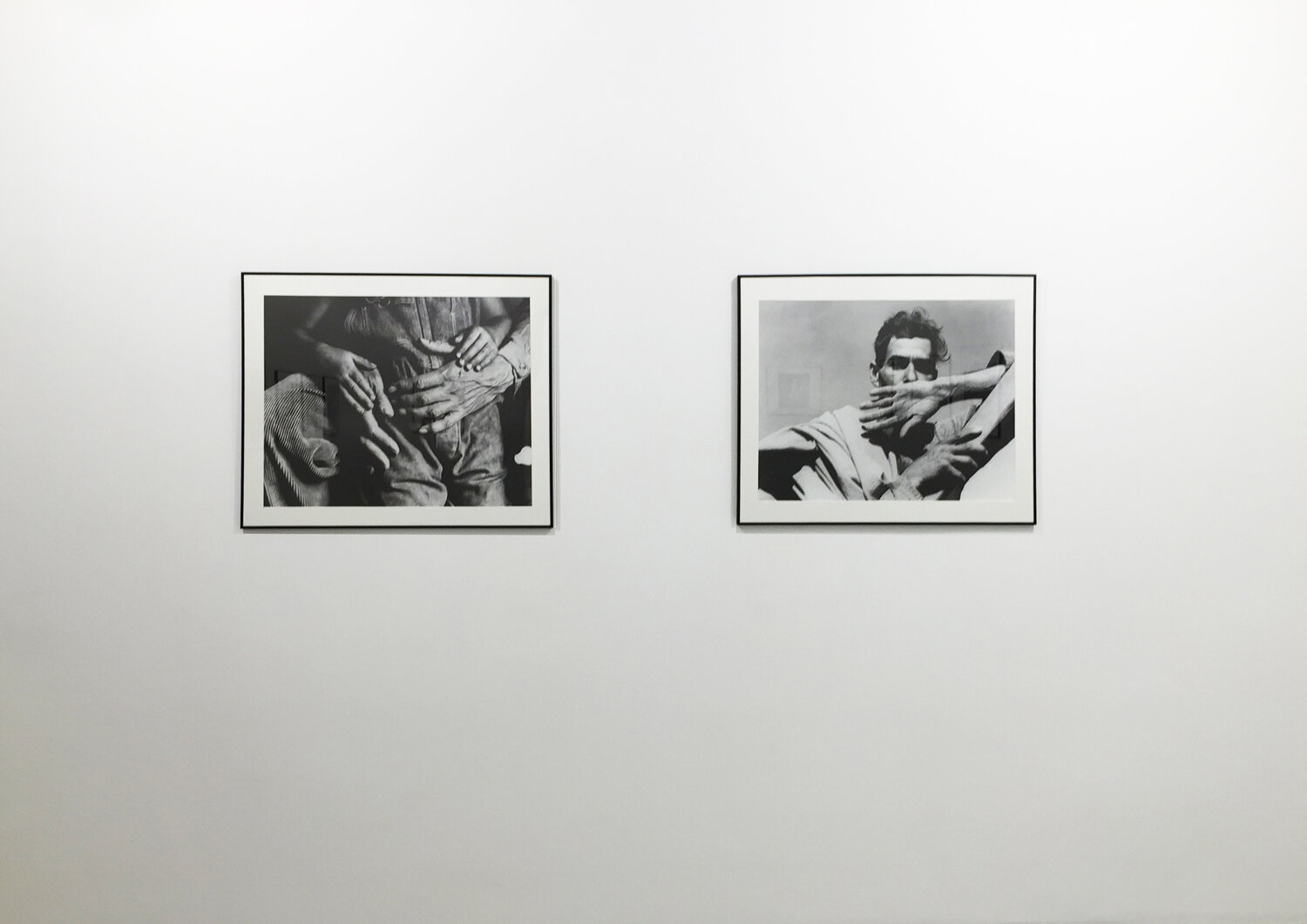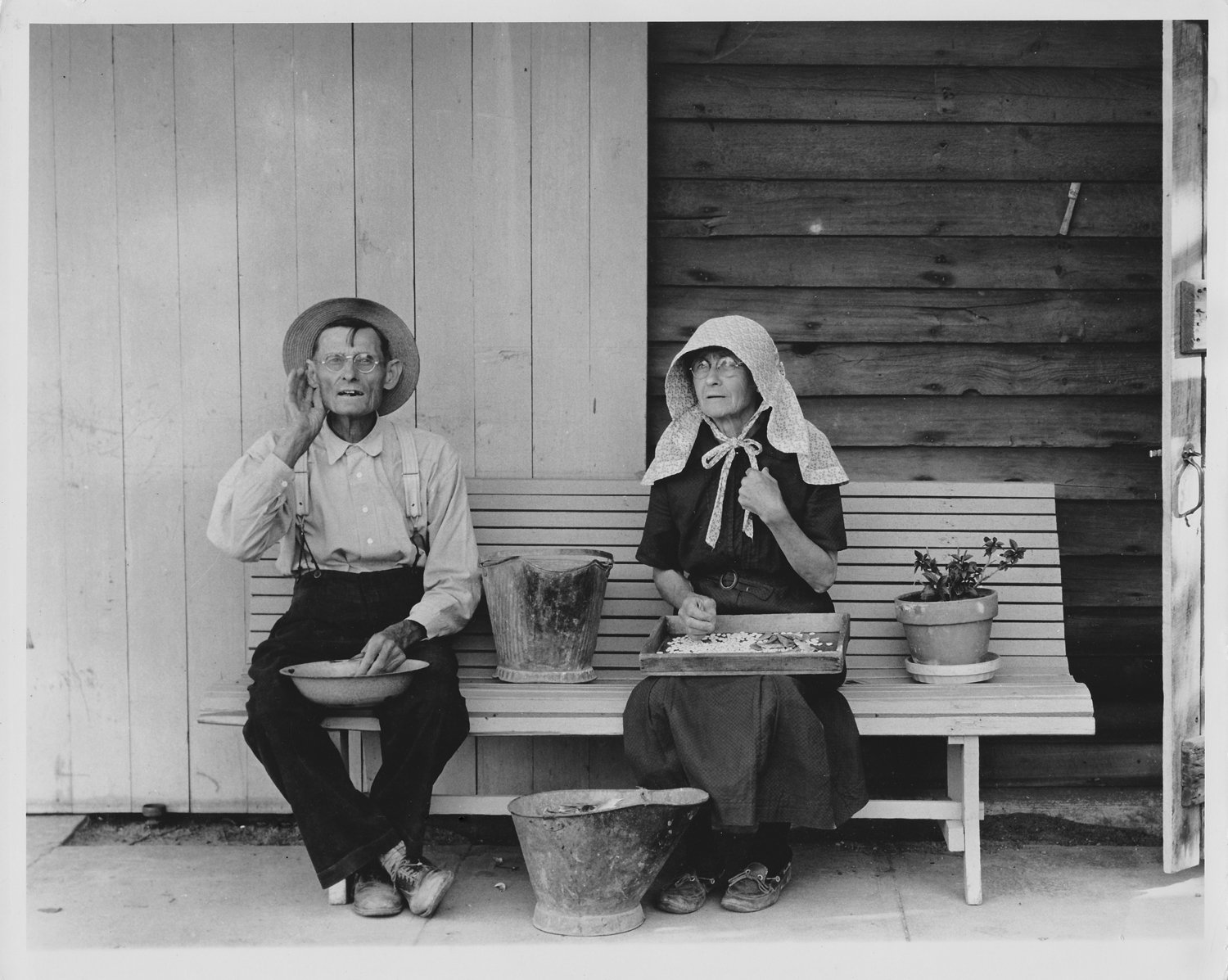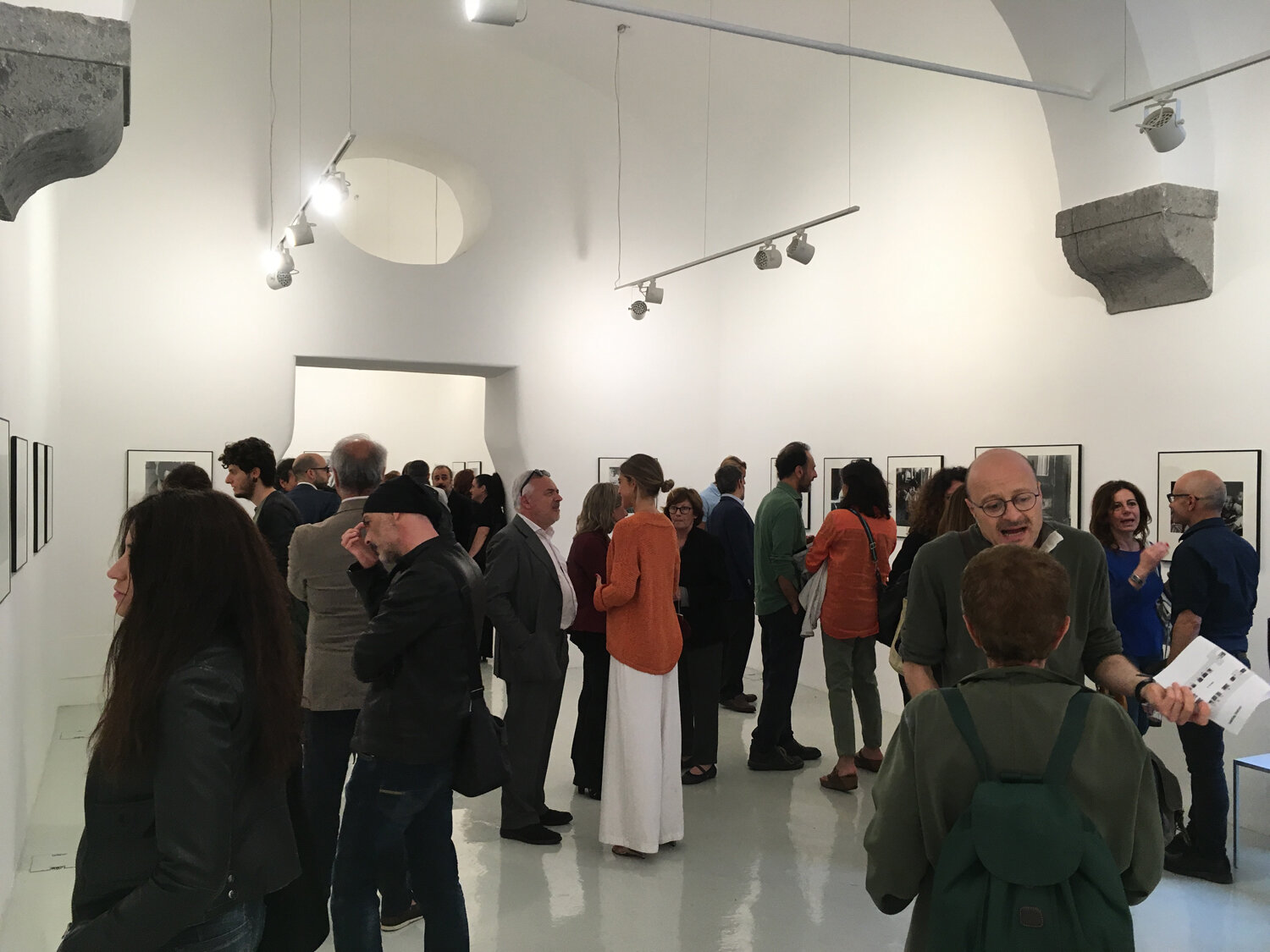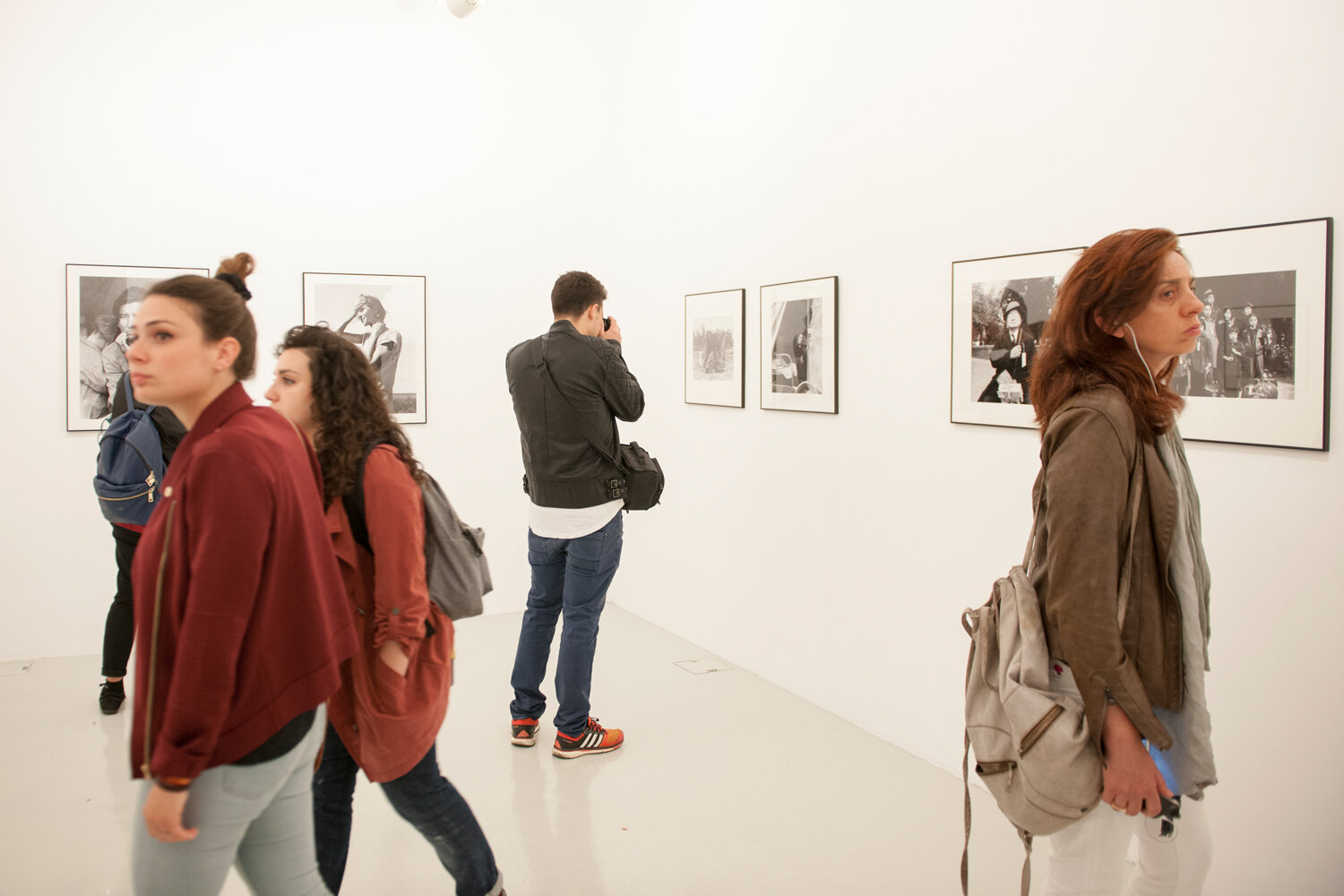Dorothea Lange
A Visual Life
June 9 — September 15, 2016
The exhibition, entitled A visual life, features some 30 photographs taken between 1930 and 1940.
Dorothea Lange is best known for having documented the Great Depression for the Farm Security Administration: living conditions in rural areas of the United States, the painful poverty of farmers and their families moving from one place to another in search of work, farms abandoned after sand storms which caused the desertification some 400,000 km² of agricultural land. Her photograph Migrant Mother, taken in California in 1936, became an icon of that period: a “homeless” mother protecting her children epitomizes the suffering of an entire nation.
The humanity of the subjects she depicted was never overshadowed her need to document the truth. Her images not only focus on the desperation and destitution of people, but also the pride and dignity with which they face their destinies. Perhaps for this very reason, still today, her photos remain topical.
For Lange, the camera was “the great teacher”, the instrument which provides an in-depth view of the world, in an attempt to “live a visual life”. She often said “one should really use the camera as though tomorrow you’d be stricken blind”.
A second section of the retrospective The camera is a great teacher, curated by Gennaro Matacena and Matteo Scaramella, has been presented at Castello di Postignano (Sellano, PG).
For the first time in Italy, the two exhibitions offer a wide-ranging cross view of the works of Dorothea Lange, a pioneer of documentary photography and social commentary.



